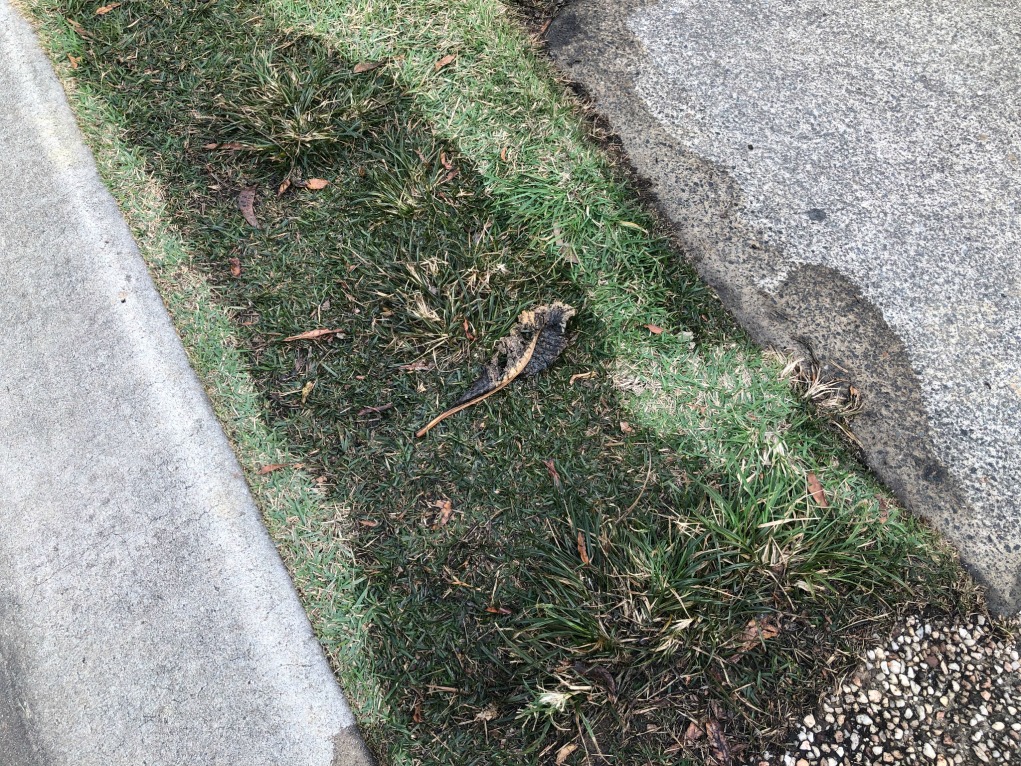6 Ways to Discover Concealed Water Leakages in Your House
6 Ways to Discover Concealed Water Leakages in Your House
Blog Article
Are you currently searching for facts and techniques concerning Locating water leaks?

Early discovery of leaking water lines can mitigate a prospective calamity. Some small water leakages might not be visible.
1. Take A Look At the Water Meter
Every residence has a water meter. Checking it is a surefire way that assists you find leakages. For beginners, shut off all the water resources. Make certain no person will certainly purge, use the faucet, shower, run the washing device or dish washer. From there, most likely to the meter and also watch if it will certainly transform. Given that no person is utilizing it, there must be no activities. If it relocates, that shows a fast-moving leak. Likewise, if you spot no changes, wait an hour or two and check back once more. This implies you may have a slow leakage that can even be underground.
2. Inspect Water Usage
Assess your water costs and also track your water usage. As the one paying it, you should see if there are any type of disparities. If you identify sudden changes, in spite of your intake coinciding, it implies that you have leakages in your plumbing system. Keep in mind, your water bill need to fall under the same array monthly. A sudden spike in your expense suggests a fast-moving leak.
A consistent rise every month, even with the very same habits, reveals you have a slow-moving leakage that's also gradually escalating. Call a plumber to completely examine your building, especially if you really feel a cozy area on your floor with piping below.
3. Do a Food Coloring Test
When it comes to water usage, 30% comes from bathrooms. If the shade in some way infiltrates your dish throughout that time without flushing, there's a leak between the container as well as dish.
4. Asses Outside Lines
Don't fail to remember to check your outdoor water lines too. Should water seep out of the link, you have a loosened rubber gasket. One small leak can lose bunches of water and also surge your water expense.
5. Examine and Analyze the Situation
Homeowners need to make it a behavior to inspect under the sink counters as well as even inside closets for any type of bad odor or mold growth. These 2 red flags indicate a leakage so timely attention is called for. Doing routine evaluations, also bi-annually, can save you from a significant problem.
Check for discolorations and also compromising as the majority of pipes as well as devices have a life expectancy. If you presume dripping water lines in your plumbing system, don't wait for it to intensify.
Early discovery of leaking water lines can alleviate a possible disaster. Some small water leakages might not be visible. Inspecting it is a proven means that helps you find leakages. One little leak can squander bunches of water and surge your water costs.
If you believe leaking water lines in your plumbing system, don't wait for it to intensify.
How to Know If Your Home Has a Hidden Leak
Water Meter Reveals Inexplicable Water Usage
If you’d like to test whether or not there’s a leak somewhere in your home, you can do this using your water meter. Here is how to conduct the test:
Don’t use any water in your home for at least 30 minutes; this also means not turning on faucets or water-using appliances.
Go outside, and check your water meter for activity.
If your water meter shows that there was activity, even though no one was using any water, this proves that there is a leak in your home.Visible Mold or Mildew Growth
Leaks behind walls create moist, dark environments that allow mold and mildew to grow and thrive. Eventually, you might see mold growth forming on the wall closest to a hidden leak.
If mold is growing in an area that receives a high amount of moisture, such as a bathroom, it may simply be an indication that better ventilation is needed. However, if you see mold growth on a wall or the ceiling in an area where you would not expect, you probably have a hidden leak.
Musty, Mildew Odor
Sometimes you might not be able to see the mold or mildew that is growing as a result of a leak. However, the smell can give the problem away just as easily. If you catch a whiff of something musty, there’s a good chance that old water is collecting somewhere in your home that you can’t see.
Stained/Warped Walls, Ceilings, or Floors
When your home soaks up water, a variety of red flags can become visible, including ceiling stains, bubbling drywall, warped walls, and sagging floors. While these issues can be caused by excess humidity, they can also be signs that a pipe or plumbing connection has started leaking behind your walls.
Inexplicably High Water Bill
After a while, you get a general sense for what your water bill should be. If you own a pool or sprinkler system, your bill will tend to be higher during summer. However, if you receive a water bill that seems especially high, and you can’t figure out what caused it, then you may have a hidden leak somewhere that’s increasing your bill.
https://www.plumbingjoint.com/blog/2019/july/how-to-know-if-your-home-has-a-hidden-leak/

Hopefully you liked our post on Top leak detection hacks. Thanks for taking the time to read through our content. If you please take the opportunity to share this blog post if you liked it. I enjoy reading our article about Top leak detection hacks.
Report this page